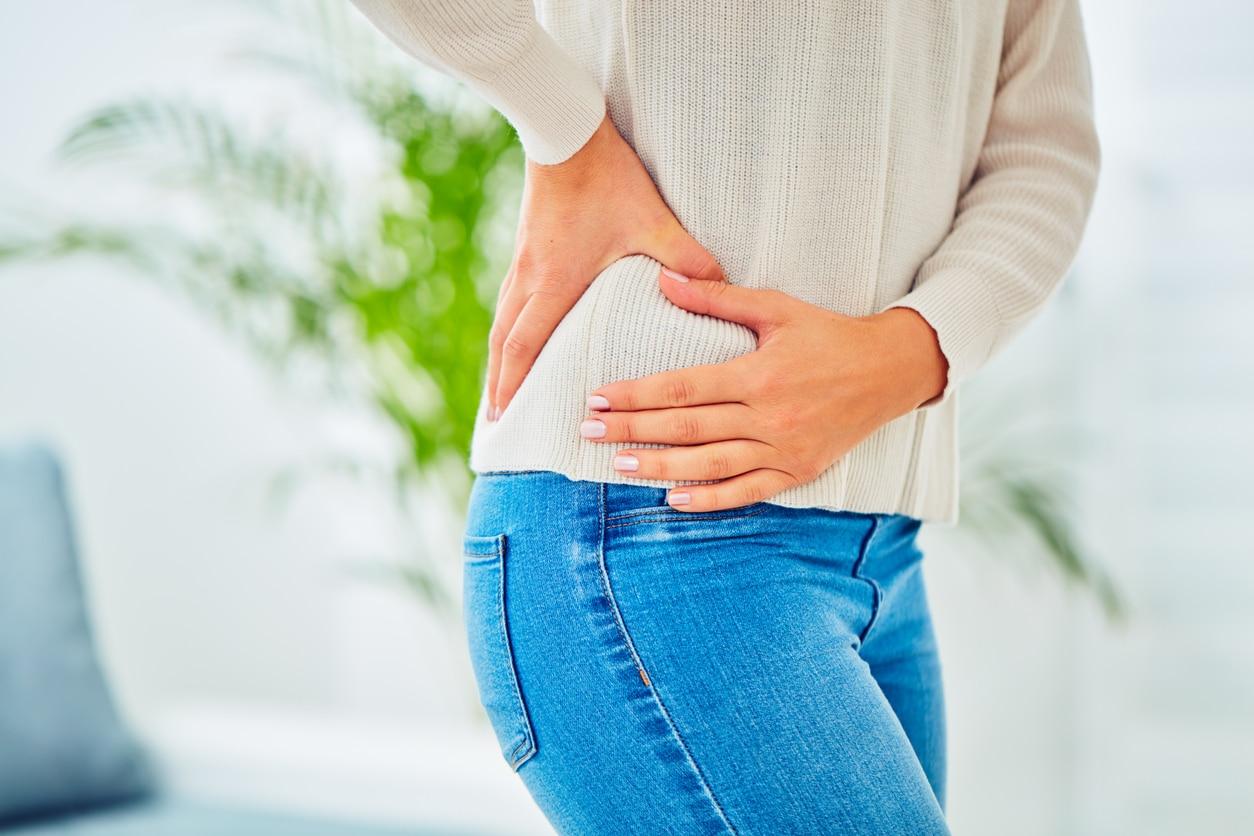
-
407 Views 0 Comments 0 Likes

Hip pain is a condition that most people experience at some point in their lives. Hip discomfort can be caused by a variety of conditions, including joint problems and overuse. Regardless matter the cause, hip pain can be annoying and even debilitating for some patients. Whether it's a slight inconvenience or a hindrance to your everyday activities, it's critical to treat this problem immediately. Untreated hip discomfort can develop into physical compensation, resulting in further back or leg pain.
While you should always visit your doctor to rule out a more serious underlying issue, you can attempt a variety of treatments to alleviate hip pain and improve your normal function ability.
A regular exercise routine is beneficial for a variety of reasons, including reducing hip pain. If you are not currently in pain, exercise can help strengthen your muscles and expand your range of motion, allowing you to avoid this type of injury. If you already have hip pain, you should alter your activities to be less hard on your joints. This includes walking on a flat track or treadmill and practicing yoga that does not overextend the hip joint. Walking or performing cardiovascular activities in shallow water, such as a community or leisure center pool, is another excellent type of exercise.
If you experience mild to severe hip pain, anti-inflammatory medicine can help you feel better. These medications lower inflammation, which can alleviate discomfort in joints and muscles. They are usually inexpensive and easily accessible, and many can be taken in "PM" formulas that include a sleep aid if your hip problems keep you awake at night. However, long-term use of NSAIDs has been related to stomach and liver problems, so check with your doctor if you intend to take them for more than a few days at a time.
Most doctors recommend using an ice pack on the damaged hip at 15-minute intervals throughout the day. Ice helps reduce inflammation and numb nerve endings, making pain more bearable. If you don't have an ice pack, utilize any cold, bendable item to achieve the same result. Many patients utilize frozen vegetables or similar foods but be careful not to defrost anything you intend to eat in the future. To avoid frostbite and other skin irritations, apply ice only when wrapped in a cloth or towel.
Compression is one of the most crucial elements in treating most overuse injuries. After cooling the injury, apply a compression bandage to your hip and pelvis. You can also apply an ace bandage or any other type of sports wrap. Compression helps speed up the recovery of damaged muscles by boosting circulation. In many circumstances, seeing and feeling the bandage can serve as a reminder of the injury, prompting you to rest and care for your hip. Compression is normally used for acute pain produced by injury, but your doctor can advise you on whether this treatment may also help with hip discomfort caused by arthritis.
Numerous stretches can be done to relieve hip pain. A physical therapist can assist you in determining which stretches are appropriate for your specific type of discomfort. The most popular are mild activities that stretch your hip muscles without irritating the joint, such as kneeling or squatting. If you are unable to perform these stretches owing to other health conditions, your doctor can suggest something less strenuous on your knees and legs. Stretches are ideal for people who have hip pain caused by bursitis or are recovering from an injury.
Most individuals with hip discomfort will never require surgery, but it is a last resort for those who have tried more conservative treatments and received no relief. Hip discomfort typically lasts for years before requiring repair or replacement surgery. This is more likely when arthritis is present and there has been a degradation. Surgeons can also remove bone spurs, which are typically painful and difficult to treat without surgery. Your doctor can help you decide whether surgery is necessary, but because it is quite intrusive and usually needs a lengthy recovery period, alternative treatment options should be considered before proceeding.


